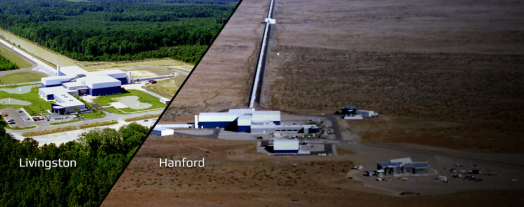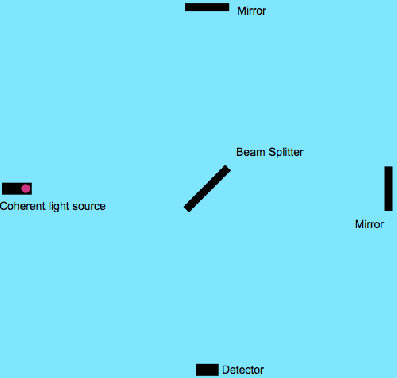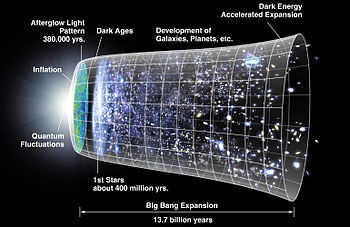by Trevor DeBord

Image taken from Gravity Spy’s ‘about’ page
Gravity Spy is a crowdsourcing project which uses data taken from the Laser Interferometer Gravitational-wave Observatory (LIGO for short). LIGO was created in an attempt to detect evidence of Albert Einstein’s theory of general relativity. It is an extremely sensitive piece of equipment which detects gravitational waves from all over the universe. In fact, the LIGO is so sensitive that, “LIGO needs to be able to know when the length of its 4-kilometer arms change by a distance 10,000 times smaller than the diameter of a proton”(Information taken from Gravity Spy’s about page). A large amount of data is taken from LIGO, and Gravity Spy helps to categorize that data.
LIGO detects gravitational anomalies by shooting a laser down a pair of four kilometer long cavities and measuring the duration it takes for the light to reach each end. If the beams of light reach the end at different times, then we know there was some kind of interference. This can be caused by either a gravitational wave or some kind of external interference in the environment around the facility, causing a signal to be created. This works because the speed of light is constant, so LIGO acts as an extremely accurate timer measuring the change in the light.

A simplified version of how LIGO works. Image by: Jason Grigsby (Wolfram Blog)
Despite the scientists’ best efforts to reduce the possibility of common sources of interference by having two detectors separated by thousands of miles, glitches still occur often in both detectors. The ability to classify and filter these glitches is incredibly important for the development of this research, as it would increase the amount of legitimate astrophysical signal detection. This is where the crowdsourcing aspect of the research comes in. Participants of Gravity Spy will help to categorize a massive amount of data from LIGO, which will serve as a database for machine-learning. This machine learning will use this database as a way to classify new glitches based off what participants in the program categorized each specific glitch as in the dataset.

A simplified version of how LIGO works Image by: Jason Grigsby (Wolfram Blog)
Overall I think the project is very interesting, and I will continue to do work on Zooniverse and Gravity Spy as time goes on. One of the things I specifically like about the project is the community behind it. There is an active forum where you can ask questions and post interesting things you found while working through it. I also like how there are occasional pop-ups which give you additional information about LIGO, giving you a better background.




